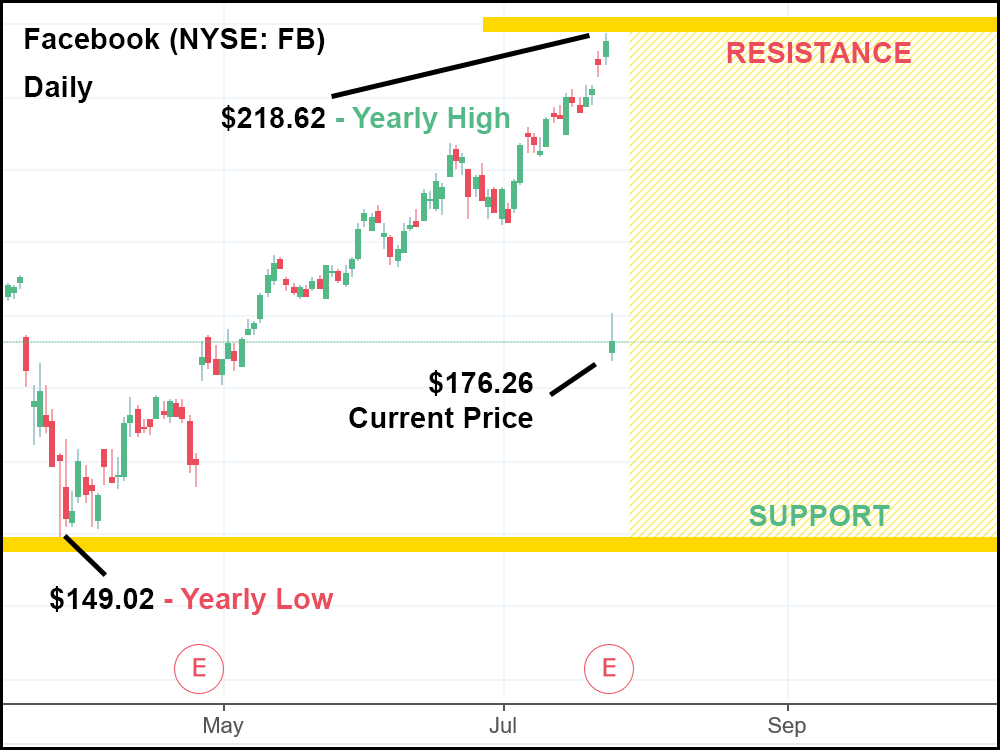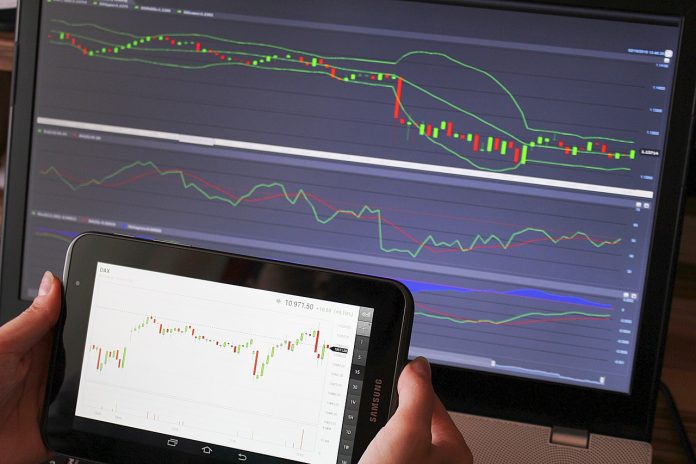Yesterday, Facebook’s (NYSE: FB) stock dropped 19 percent in response to a poorly received earnings report, causing the company to shed $119 billion of market cap in a single day. This was the biggest one-day loss for a corporation in the stock market’s history, unadjusted for inflation, and the most significant daily percentage loss for Facebook to date.
The former record holder was Intel, who lost $90.74 billion in market value when the dot-com bubble burst on September 22nd, 2000. In that same year, Microsoft lost $80 billion in market cap on April 3rd, only to be outdone by Intel a few months later.
Facebook warned investors before earnings that their growth was slowing, but it did nothing to dissuade many from panic-selling as soon as the actual report was released. Revenues were down further than expected, and the number of global daily active users (a critical metric for Facebook’s continued success) were in decline.
Numerous analysts downgraded Facebook from a “buy” rating to “neutral”, citing concerns over slowed growth.
Investors who were once hot on the “F” in FAANG (Facebook, Amazon, Apple, Netflix, and Google) have now lost all hope – at least according to the scuttlebutt on Wall Street.
If you would’ve read any of the financial news headlines over the last day, you’d probably think Facebook was finished…
Caught in a sea of uncertainty…
And completely lost – with nowhere to go but down.
So, while everyone is running around like Chicken Little, claiming it’s the end of the world for FB, I want to remind you of something that seems to have gotten misplaced during the excitement of yesterday’s historic earnings bust:
Facebook has fallen to where it was trading at a little less than 3 months ago.
In the grand scheme of things, yes, losing almost 20% of a company’s market value is certainly ridiculous – regardless of context.
But to get where Facebook was at before the earnings report hit, the company’s stock went on an absolutely incredible run. At the market’s close on Wednesday, it was trading at $217.50, up over 44% since its late March/early April dip – gaining roughly $64 per share over the course of 4 months.
Investors who pocketed gains over that period have been waiting for the other shoe to drop for some time now, and when earnings season arrived, they looked poised to jump ship at the slightest sign of negativity.
So, you could say they predicted something like this was on the horizon.
Every bull run must come to an end eventually, usually followed by a short correction period. In this case, the correction was rather extreme – caused by shareholders who were selling-off to protect their profits that were earned in just a few months of watching and waiting.
A correction back downwards was undoubtedly coming, but from what we’ve seen, it seems like the market overreacted.

Even if Facebook is headed down short-term, it wouldn’t surprise me at all to see a recovery in the future. The stock hit a low of $149.02 for the year in late March, eventually climbing to Wednesday’s all-time high of $218.62.
That is a vast range to cover in just a few months, and right now FB sits very close to the middle of those two prices at $176.26 – ready to bounce back and forth before making a return to form.
It’s not going to be an easy year for Facebook, especially since the company expects its revenue growth rate to slow even further for the second half of 2018.
But even though it’s all gloom-and-doom right now, I can tell you right now that for a fact, savvy investors are sharpening their tools – waiting for more trading data so that they can surgically pick an entry point once Facebook looks like its headed back up.
It’s times like this where investors armed with reliable trading methods can make an absolute killing – when most other market participants have no idea what to do. Almost everyone else remains in the dark, while a small number of people who honestly “get it” are raking in hand-over-fist profits – just like our members currently do on a regular basis.
It might seem like magic to some, but once you equip yourself with a set of easy-to-follow rules, navigating the changing tides of the market becomes a much simpler affair.
I know that without a doubt, when a market-leading stock is faced with a period of uncertainty, I’d like to be one of the lucky few that are “in the know”, ready to capitalize on Facebook’s next big move…
Wouldn’t you?








